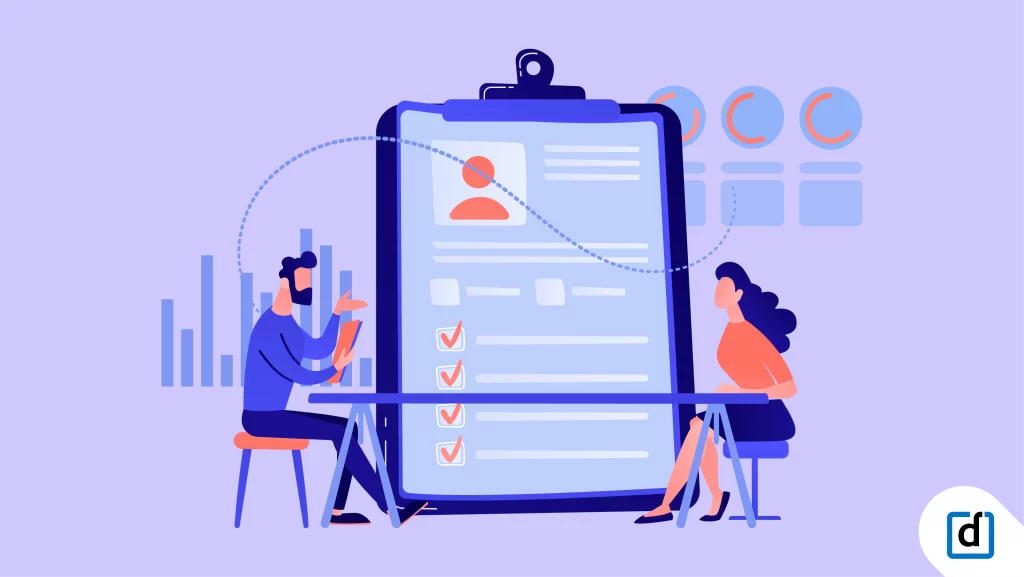Workers, occupations, and jobs are fundamental components of any economy and society. Let’s analyze these concepts further:
Workers refer to individuals who engage in various activities to earn a living or contribute to the production of goods and services. They can be classified into different categories based on their employment status, such as employees, self-employed individuals, or gig workers.
Occupations:
Occupations are specific categories of work or professional activities performed by workers. They encompass a wide range of roles and responsibilities across diverse sectors. Occupations can be classified based on various criteria, including skill level, educational requirements, and job duties. Examples of occupations include doctors, teachers, engineers, carpenters, software developers, and many more.
Jobs:
Jobs are specific positions or roles within an organization or industry that require particular skills and responsibilities. They are the specific tasks or duties that workers perform within an occupation. Jobs can vary in terms of the nature of work, working conditions, hours, and compensation. They can be full-time, part-time, temporary, or permanent.
Job Market:
The job market refers to the supply and demand dynamics of jobs and workers within an economy. It encompasses the process of matching available jobs with qualified workers. Factors such as economic conditions, technological advancements, and shifts in consumer preferences influence the job market. Job markets can be classified as competitive or specialized, depending on the demand and supply of specific skills and occupations.
Trends and Challenges:
The world of work is constantly evolving, and several trends and challenges shape the dynamics of workers, occupations, and jobs. Some notable trends include:
- Technological Advancements: Automation, artificial intelligence, and digitalization are transforming the nature of work, leading to the emergence of new job roles while rendering certain tasks obsolete.
- Gig Economy: The rise of the gig economy has led to an increase in independent contractors, freelancers, and temporary workers, challenging traditional employment structures and labor laws.
- Skills Mismatch: There is often a gap between the skills possessed by workers and those demanded by employers. This skills mismatch can result in unemployment or underemployment.
- Remote Work: The COVID-19 pandemic accelerated the adoption of remote work arrangements, allowing workers to perform their jobs from home or other locations. This trend has implications for work-life balance, productivity, and organizational structures.
- Green Jobs: With the growing focus on sustainability and combating climate change, there is an increasing demand for workers in renewable energy, environmental conservation, and green technology sectors.
Addressing these trends and challenges requires ongoing efforts from governments, educational institutions, employers, and individuals. It involves investing in skill development, promoting lifelong learning, adapting labor laws, and fostering inclusive and equitable work environments.
Overall, workers, occupations, and jobs are interconnected elements that shape the economy and society. Understanding their dynamics and responding to evolving trends is crucial for individuals, organizations, and policymakers to thrive in a rapidly changing world of work.
Types of Workers:
- Employees: These are individuals who work under an employment contract with a specific employer and receive regular wages or salaries. They enjoy certain benefits and legal protections provided by labor laws.
- Self-employed: Self-employed workers are independent and work for themselves. They may own their businesses or work as freelancers or consultants. They have more control over their work but also bear the responsibility of managing their own finances and finding clients.
- Gig Workers: Gig workers, also known as on-demand workers, obtain short-term or temporary work assignments through online platforms or apps. They perform tasks or services on a project basis, such as driving for ride-hailing services or completing freelance assignments.
Occupational Categories:
Occupations can be categorized into different sectors or fields. Here are some common occupational categories:
- Professional and Technical: This category includes occupations requiring specialized knowledge, skills, and expertise. Examples include doctors, lawyers, engineers, scientists, and IT professionals.
- Service Industry: Occupations in the service industry involve providing services to individuals or organizations. Examples include healthcare workers, hospitality workers, customer service representatives, and hairdressers.
- Skilled Trades: Skilled tradespeople possess specialized skills acquired through apprenticeships, vocational training, or experience. This category includes carpenters, electricians, plumbers, welders, and mechanics.
- Administrative and Clerical: These occupations involve providing administrative and support functions in various sectors. Examples include administrative assistants, receptionists, data entry clerks, and office managers.
- Sales and Marketing: Occupations in sales and marketing involve promoting and selling products or services. This category includes sales representatives, marketing managers, advertising professionals, and market researchers.
Job Market Dynamics:
The job market is influenced by several factors:
- Demand and Supply: The demand for jobs is influenced by economic conditions, industry growth, technological advancements, and consumer demand. The supply of workers depends on factors like population demographics, educational attainment, and workforce participation rates.
- Job Creation and Destruction: New jobs are created as industries evolve and new opportunities emerge, while certain jobs may become obsolete or decline due to automation, outsourcing, or changes in market demand.
- Labor Market Policies: Government policies, such as labor laws, minimum wage regulations, and employment incentives, can impact the job market by influencing labor costs, worker protections, and hiring practices.
- Globalization: Globalization has increased competition and facilitated the movement of jobs across borders. Companies may outsource or offshore certain job functions, affecting employment opportunities in different regions.
- Economic Cycles: Job market conditions fluctuate with economic cycles. During periods of economic growth, job opportunities tend to increase, while recessions or economic downturns can lead to job losses and higher unemployment rates.
Next Innovation Asia


